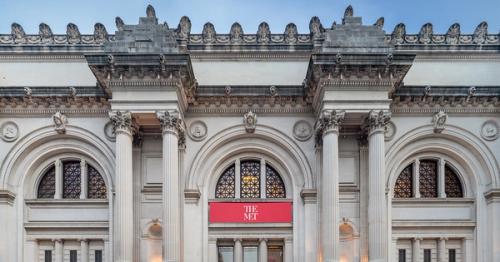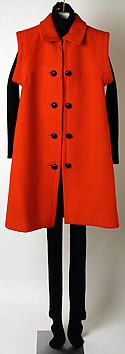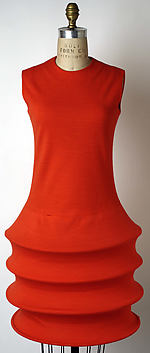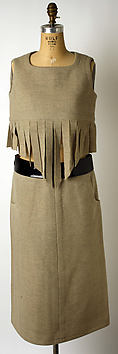In 1889 Pierre Bonnard, then in his early twenties, was commissioned to design a poster for a brand of champagne. When his spirited creation—the image of a belle suggesting in disarming fashion the pleasures to be had from a glass of bubbly—made its appearance on the streets of Paris, it was an instant success, helping to launch Bonnard on his career as a professional artist. The poster France-Champagne also introduced him to color lithography, a medium popular with artists and public alike both for its creative possibilities and as a means of bringing art to a wider audience. For many years the graphic arts continued to play a seminal role in Bonnard's development. Where his sympathies were engaged, he proved to be a born illustrator, with the knack of communicating his subject in a manner distinctly his own. His witty, seemingly casual designs were in demand for posters and for covers of books and sheet music. He contributed lithographs to print portfolios and illustrations, often irreverent, to the avant-garde periodicals of his day. With his brother-in-law, the musician Claude Terrasse, he produced a children's music primer and an album of piano pieces for the family that show him to have been an observant uncle with a sense of fun. He even created a multiple, a folding screen whose four lithographic panels, depicting a fashionable mother and her children out for a walk, brought the Paris street indoors. The culminating legacy of those years at the turn of the century lay in the three great works of lithography that Bonnard published through his dealer Ambroise Vollard: a portfolio of city scenes, Quelques Aspects de la vie de Paris, and two illustrated deluxe books, very different in their content, Verlaine's Parallèlement and the antique pastoral romance Daphnis et Chloe. They were not an overwhelming success at the time, and Parallèlement in particular was criticized for Bonnard's bold treatment of the printed page. But from a later perspective they are unsurpassed examples of the art of the peintre-lithographe. As painting became more and more the center of Bonnard's life, and as he moved away from Paris, making a home first in the Seine Valley and then in the South of France, his involvement with the graphic arts inevitably diminished. But he never lost touch with them, and to the end of his life seems always to have been open to requests from friends and publishers to supply lithographs, etchings, and book illustrations. Bonnard's graphic production can be seen as the public face of his art, the one that shows him at his most gregarious and entertaining. To be fully appreciated this material needs to be studied in light of the artist's oeuvre as a whole. By analyzing the broad themes that engaged Bonnard's attention—scenes of family life, Paris vistas and activities, the intimate nude, and familiar landscapes—the authors trace his development from the concise abstractions of his youth to the expansive, color-filled works of his maturity. Their essays, lavishly documented with reproductions and comparative material, demonstrate the profound extent to which Bonnard's vision as a painter was related to and affected by his activities as a printmaker and illustrator. Colta Ives is the Curator-in-charge of the Department of Prints and Photographs at The Metropolitan Museum of Art, New York, and a specialist in nineteenth-century French prints. Helen Giambruni is a Bonnard scholar whose studies have focused on his early works. Sasha M. Newman, Seymour H. Knox, Jr., Curator of European and Contemporary Art at the Yale University Art Gallery, is an expert on Bonnard's later paintings. Their individual insights and combined knowledge of the subject make them uniquely qualified to illuminate a vivid and relatively little known aspect of Bonnard's genius.















